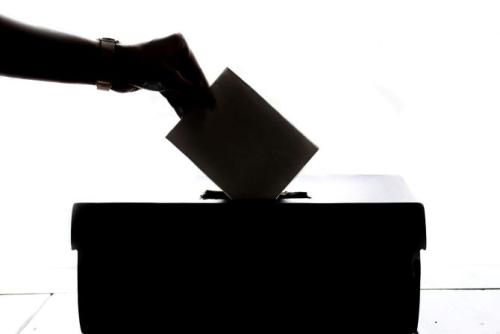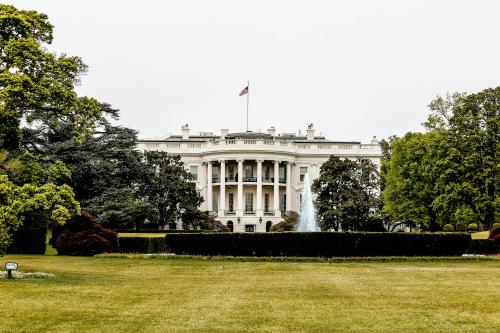How should India's microcredit system be regulated?
Attempting to restore peace to the embattled microfinance lending sector, the Reserve Bank of India (RBI) has accepted recommendations proposed by a panel formed to determine how the country's microcredit system should be regulated.
In Andhra Pradesh, India’s fifth largest state by area and home to about a third of the country’s $5.3 billion in microfinance loans, micro-lenders have disbursed nearly $ 2.7 billion to 6.7 million borrowers. Problems arose when borrowers were unable to return the money they had been advanced.
More than 70 people committed suicide in the state from March 1 to November 19 last year in response to the burden of repayment, according to the Society for Elimination of Rural Poverty, a government agency that compiles data on microfinance-related deaths from police and press reports.
‘Rich people and institutions made too much money pushing microcredit on to the poverty-stricken. A poor community can only support so many coffee shops or rickshaws or basket-makers,’ says Milford Bateman, a research fellow at the Overseas Development Institute and author of Why Doesn’t Microfinance Work? The destructive rise of local neoliberalism, published by Zed Books.
A committee was created to advise RBI when microfinance lending institutions (MFIs) in Andhra Pradesh began reporting 75 percent to 90 percent loan default rates and commercial banks in India froze an estimated $133 million of credit because of the risk of default on future loans. MFIs would only be eligible for priority sector loans if they capped interest rates at 26 percent and margins at 12 percent under the new framework initiated by the committee headed by Y H Malegam, former chair of the country's National Advisory Committee on Accounting Standards. The central bank will also limit the size of loans, put a ceiling on the total amount of debt individual households can take on, impose a minimum loan term and implement other measures to protect borrowers.
‘The substantial risk of microfinance lending is operational. In most cases, when MFIs go bankrupt or fail, it’s due to operational risk, which has to do with fraud,’ says Dirk Steinwand, program manager with KFW, a development bank with a microfinance lending portfolio that includes Indonesia, Sri Lanka, Cambodia, Lao, India and China.
In cases of fraud, borrowers who applied for loans never actually received the money. Fake documents were created by lenders in collusion with middlemen to indicate that the money was distributed to applicants. Collection agencies acting on behalf of micro-finance lenders then tried to extract money from these applicants who’d never received it in the first place.
‘The key to maintaining credit quality is discipline. MFIs can issue a mandate to create nurturing relationships with borrowers so that they are more likely to pay back the loan,’ says Pankaj Agarwal, an analyst with Ambit Capital in India.
Microfinance lending has been controversial since its inception. Pioneered by Muhammad Yunis in Bangladesh, microfinance enterprises were initially viewed as a help to very poor markets with small amounts of loans being granted to very small entrepreneurs to start businesses.
The loans have historically had a good record for repayment but the fact that India’s microfinance industry is concentrated in just a few states, such as Andhra Pradesh, created volatility, according to Apurva Shah, an analyst with PL India, a financial institution that tracks banks that lend.
‘The biggest risk management tool would be diversification because MFIs are concentrated in only a few states in India,’ says Shah. ‘Any changes in diversification would significantly impact the ability to collect in a positive way.’








